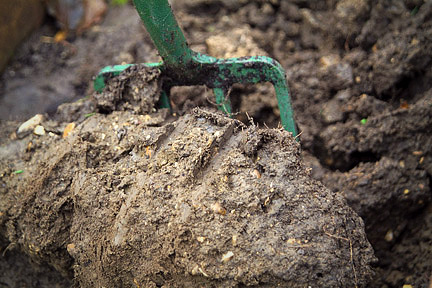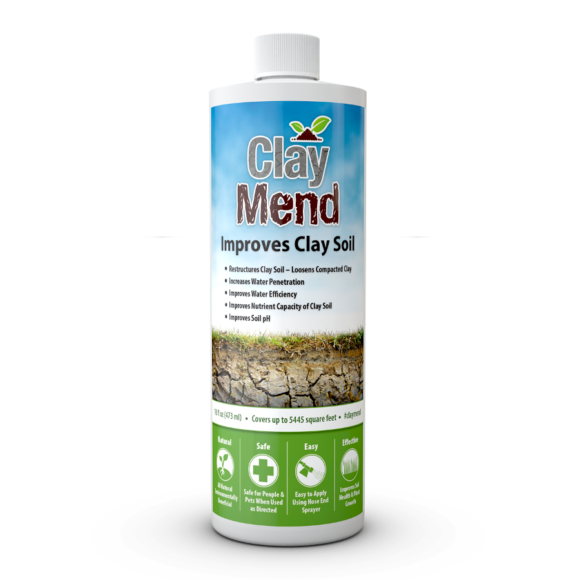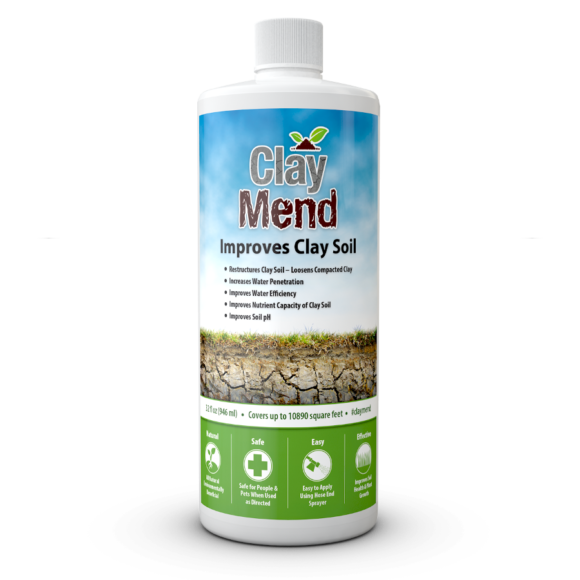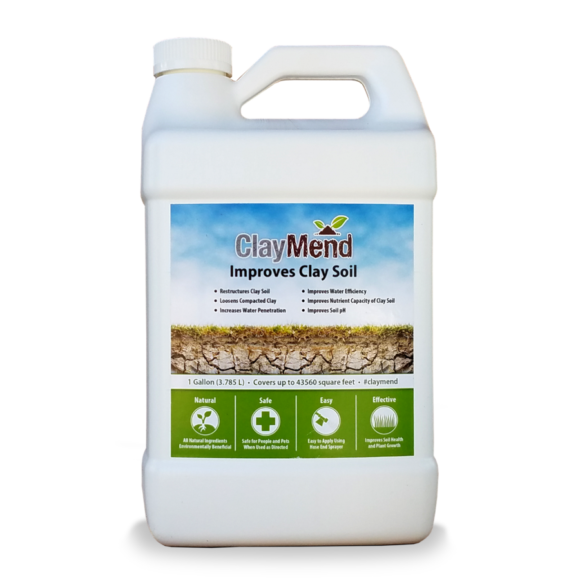You might question the title of this article and think an article about clay soil should read more like How to Get Anything out of Your Hard Clay Soil. But the truth is clay soil can be very productive. Clay particles can hold nutrients to their surface unlike silt and sand. The trick is opening the clay soil enough for roots to penetrate and for air and water to reach those roots. As a result improved plant growth can be expected.
Getting the Most out of Your Hard Clay Soil
Salt often exists in clay soil and it is extremely detrimental to soil structure. It can make the clay soil hard and dense by dispersing the fine clay particles that fill available air holes. Gypsum is often used to improve production of clay soils that contain salt but will only work as a temporary fix.
A Glimpse at Gypsum
Gypsum which is Calcium Sulfate will bind with the Sodium in Sodium Chloride creating Sodium Sulfate. Unless this Sodium Sulfate can be flushed from the soil through some sort of drainage system, some biology in the soil and plants themselves have a sulfur demand which leaves the Sodium in the soil where it can combine again with the chloride. You end up with a short term solution where the clay can revert back to an unproductive state.
A Better Easy to Use Solution
ClayMend is a product that is beneficial to Clay whether it is high in salt or not. It has an additive effect with repeated usage. ClayMend encourages microbial activity producing certain organic acids that separate the Sodium and the Chloride into separate elements. It binds them to the soil where they remain separated.
As mentioned above clay particles have the ability to hold nutrients that sand and silt can’t. The microbial activity encouraged by ClayMend works to restructure the clay soil opening pathways for air, water and nutrients, the ideal environment for healthy root growth. Just add a little fertilizer from time to time and your garden will thrive.








